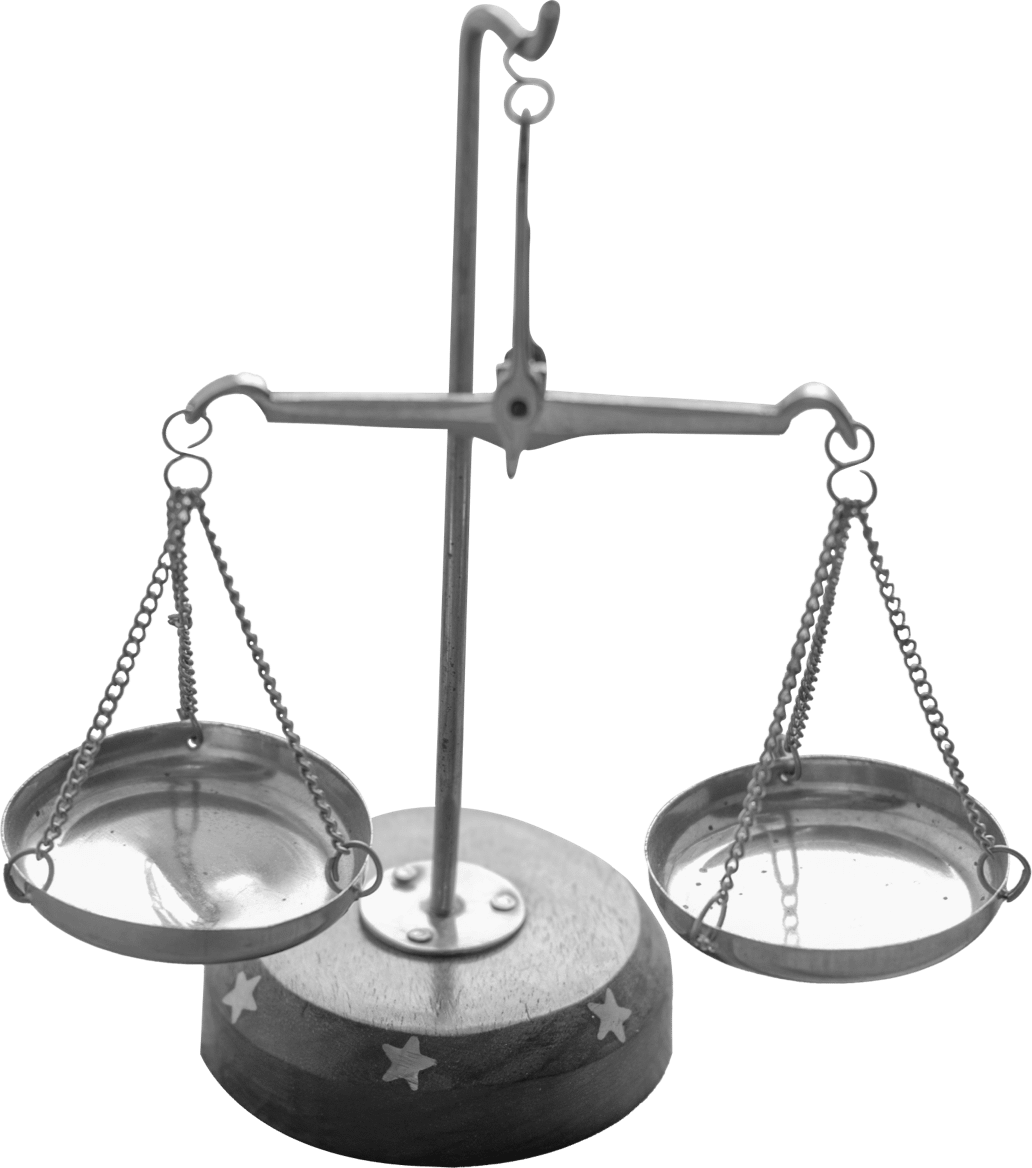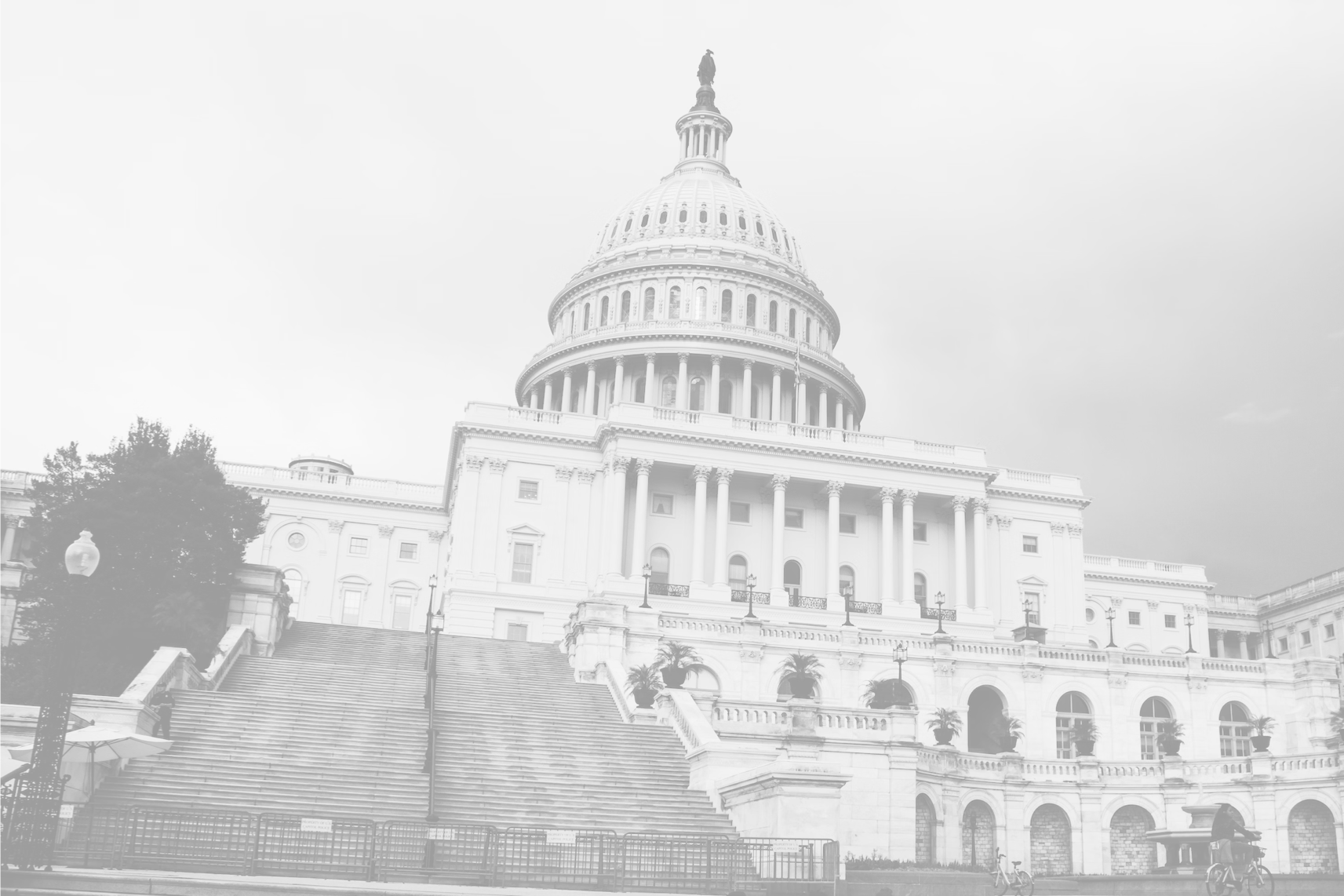Musculoskeletal Disorders and the Victim Compensation Fund
The Victim Compensation Fund was established to provide compensation to survivors of September 11th, or a personal representative if an individual has since passed. The World Trade Center Health Program (WTCHP) certifies disorders and injuries for which 9/11 survivors can seek benefits. If you or someone you love suffers from musculoskeletal disorders, contact the law firm of Pitta & Baione to discuss your eligibility under the Victim Compensation Fund.
CERTIFICATION OF MUSCULOSKELETAL DISORDERS
The musculoskeletal system is made up of bone, muscle, and connective tissues that hold the body together. All these components and connections work together to allow us to go about our daily activities, but at times, disorders will develop either through repeated use and activity or through injury. Through their recovery work efforts, 9/11 responders experienced additional body stressors that resulted in a variety of disorders, including musculoskeletal disorders.
In order for a musculoskeletal disorder to be covered under the Victim Compensation Fund, the individual seeking coverage needs to be a World Trade Center Responder. The WTCHP also requires that the disorder must be related to September 11th and the individual must be able to provide proof of receiving medical care for the musculoskeletal disorder before September 11, 2003. The WTCHP covers: Carpal tunnel syndrome, low back pain, and other musculoskeletal disorders. While carpal tunnel syndrome and low back pain are the most commonly considered disorders, other disorders include tendonitis, neck tensions, and other muscle strains.
CARPAL TUNNEL SYNDROME IN SEPTEMBER 11TH RECOVERY WORKERS
Carpal tunnel syndrome is a relatively common disorder. Carpal tunnel syndrome is caused by pressure on the median nerve, located in the wrist. This can be caused by repetitive hand use. The position of the hand and wrist when performing activities for a prolonged time can impact the nerves. Swelling and other conditions that cause nerve damage can increase the likelihood of developing carpal tunnel syndrome.
Symptoms of carpal tunnel syndrome include:
- Numbness, tingling, burning, and pain in the thumb and fingers
- Radiating, shock-like sensations
- Pain in the arm
- Weakness and clumsiness in the hand
When symptoms of carpal tunnel syndrome appear, it is important to seek medical attention as early diagnosis and treatment is important to improve success of treatment. Testing for carpal tunnel syndrome involves physical examination, and physicians will test for sensitivity of the hands and wrist, sensitivity to the fingers, and muscle strength in the hand and wrist through visual and physical examination. Electrophysiological testing to test the nerves may also be conducted to test the nerves. X-rays and MRI image testing may also be used to further investigate disorders of the hand and wrist.
Carpal tunnel syndrome can be treated with non-surgical or surgery remedies. Non-surgical treatments include putting the affected arm in a splint or a brace to stabilize the wrist and prevent impact and pressure on the nerve in the carpal tunnel. Over the counter medication can help alleviate discomfort and pain, as well as anti-inflammatory steroid injections. Reducing or changing activities, or the way you perform those activities, can help lessen the pressure on the nerve. Therapy may also include special exercises to help the nerve move in a better way to relieve pressure during activity.
Sometimes carpal tunnel syndrome requires surgery to relieve the pressure on the nerve. There are different types of surgical procedures that could work, and a medical professional will determine the proper course to take. After surgery, the patient will need to wear a brace or splint to support the wrist. Recovery can take several months to years, but many patients can expect to return to their regular activities in time.
LOW BACK PAIN IN 9/11 RECOVERY WORKERS
Low back pain can be caused by a variety of factors, including occupational risk factors. 9/11 recovery workers are no exception to this common ailment. Specific to occupational risks for low back pain are:
- Heavy lifting
- Pushing
- Pulling
- Twisting
Recovery workers during the recovery from September 11th engaged in prolonged heavy work that involved lifting, pushing, pulling, and twisting, such as clearing debris, removing rubble, and moving equipment. Also related to 9/11 recovery workers risk factors for low back pain are mental health factors, including anxiety, depression, and stress, which can manifest as physical pains, including low back pain.
There are several imaging tests that can be used to diagnose low back pain, including x-ray, CT scans, MRIs, and bone scans. The diagnostic testing for low back pain helps determine the range of affected areas of the back and how extensive damage to the back may be if the result of an injury.
Low back pain can be treated through over the counter or home remedies such as rest, pain-relieving medication, or hot and cold packs and rest to provide relief. Medical professionals promote careful exercise to strengthen the muscles that support the spine to prevent further injury, as well physical therapy to build strength, promote proper alignment, and improve flexibility.
Traction and acupuncture have also been used to relieve low back pain. Additional treatment options include steroid injections to reduce pain, transcutaneous electrical nerve stimulations (TENS) to stimulate nerves that then block pain to the area, and surgery. The type of surgery and prescribed therapies to promote recovery vary from case to case.
CONTACT A SEPTEMBER 11TH ATTORNEY TO DISCUSS YOUR ELIGIBILITY FOR BENEFITS
If you or a loved one suffer from a musculoskeletal disorder related to recovery work from September 11th, contact a 9/11 attorney at Pitta & Baione by completing our online contact form or calling us at 844-901-1312.



